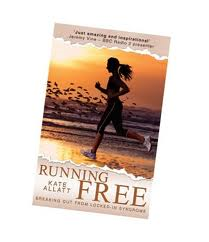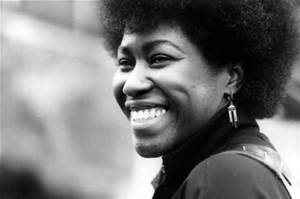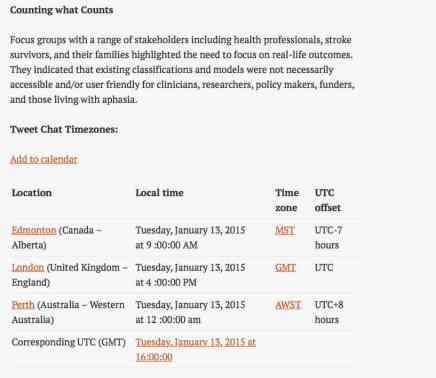Diagnosing brainstem stroke & change #ROSIER NOW! 12 tips & Sign/SHARE PETITION!
‘Brain stem strokes can be difficult to diagnose and complex’, according to Dr. Richard Bernstein, assistant professor of neurology in the Stroke Program at Northwestern University in Chicago.
In my experience Brain stem stroke from my own stroke and the countless people I have subsequently visited and corresponded with in my working with Fighting Strokes they are routinely misdiagnosed in under 60 aged patients by frontline staff – paramedics & A&E or ER staff. They often misdiagnose:
- A hemiplegic or complex or atypical migraine
- Vertigo
- Dizziness
- Double vision
- Slurred speech
- Severe imbalance and
- Decreased level of consciousness.
- Drunk or on drugs like symptoms
- Pinched nerve
- Food poisoning
- Eplipsy
- Meningitis
This leads me onto thinking what stroke & TIA assessment tools are used by frontline staff and they use #ROSIER ie The Recognition or Stroke in The Emergency Room. I have long believed that young people are slipping the ‘stroke net’ because of their age and the lifestyle assumptions of frontline staff. I think they rarely consider that a young persons’ symptoms early actually onset stroke. Instead they presume the symptoms are the result if drink, drugs or frequently some sort of migraine and overlook higher than normal blood pressure readings.
Here is pat of the current Rosier assessment tool it so I’m not lying! Frontline staff specifically look for patients aged 60 and over for signs of stroke so there is a huge age bias! (Especially when we know that 1/4 of all strokes happen in under 60’s!) THIS MUST BE CHANGED!
More young people than ever are reporting TIA and stroke, not just brainstem stroke! They are of working-age and our medical system is failing them more than ever. Here is our petition to sign.
Resources for Locked-in Syndrome
Running Free: Breaking out from Locked in syndrome Allatt/Stokes http://www.amazon.co.uk/Running-Free-Breaking-Locked-In-Syndrome-ebook/dp/B008G5LRZS
Locked In: A Young Woman’s Battle with Stroke. Mozersky, Judy. The Golden Dog Press, 1996. ISBN 0-919614-64-7.
The Diving Bell and the Butterfly. Bauby, Jean-Dominique. Random House Value Publishing, 1995. ISBN 0-517409-31-3.
Other information Sources:
Adapted from “Surviving a Brain Stem Stroke”, Stroke Connection January/February 2003 and http://www.strokeassociation.org/STROKEORG/AboutStroke/EffectsofStroke/Brain-Stem-Stroke_UCM_310771_Article.jsp#mainContent
<a href=”
So what does the brainstem do? Well it controls all basic activities of the central nervous system: consciousness, blood pressure, and breathing. All the motor functions are controlled by it. It’s like our body’s control box. Brain stem strokes can impair any or all of these functions. “These complications are often predictable and, with prompt recognition, can be treated,” Dr. Bernstein says. “If complications are dealt with quickly, there is a good chance of recovery.”
More severe brain stem strokes can cause Locked in Syndrome –http://cirrie.buffalo.edu/encyclopedia/en/article/303/ a condition in which survivors can move only their eyes.
“It is important that the public and healthcare professionals know all of the symptoms of a stroke and are aware that some brain stem strokes heave distinct symptom,” Dr. Bernstein says. “Patients need to receive treatment as soon as possible to promote the best recovery.”
Like all strokes, brain stem strokes produce a wide spectrum of deficits and recovery. Over time, these symptoms could result in mild to moderate and short to long term difficulties.
Risk factors for brain stem stroke are the same as for strokes in other areas of the brain: high blood pressure, diabetes, heart disease, atrial fibrillation and smoking. Like strokes in other areas of the brain, brain stem strokes can be caused by a clot or a hemorrhage. There are also rare causes, like injury to an artery due to sudden head or neck movements. This was my actually the cause of my injury.
“Dramatic recovery from a brain stem stroke is possible,” says Dr. Richard Harvey, director of stroke rehabilitation at the Rehabilitation Institute of Chicago. “Because brain stem strokes do not usually affect language ability, the patient is able to participate more fully in rehabilitation therapy. Most deficits are motor-related, not cognitive. Double vision and vertigo commonly resolve after several weeks of recovery in mild to moderate brain stem strokes.”






































